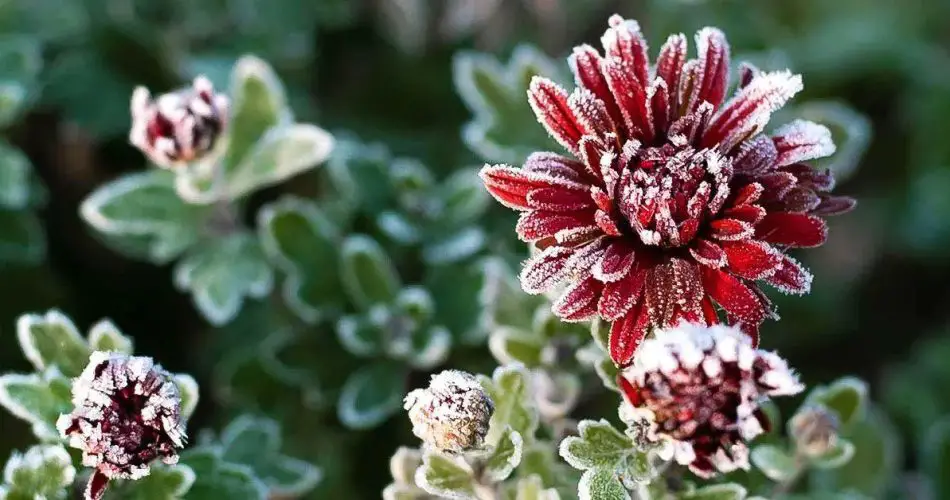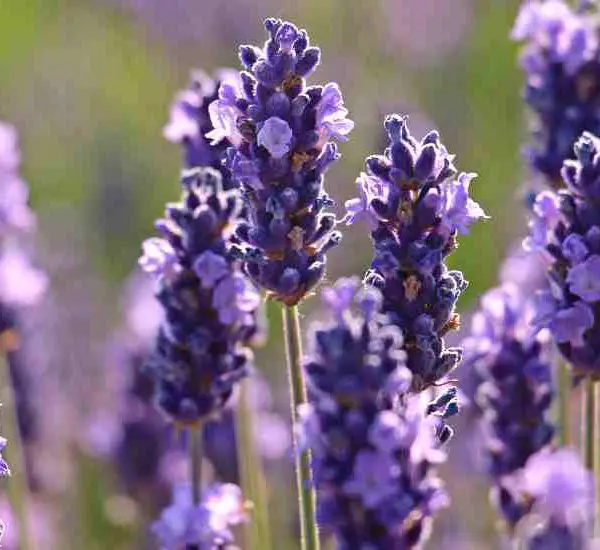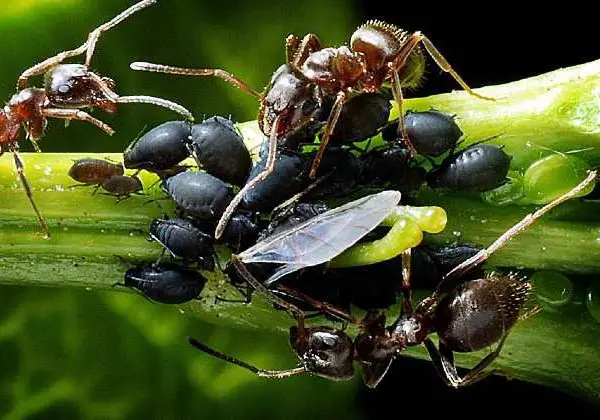The term Ice Saints often comes up, but what does it really mean? Is it just a medieval legend, or does it reflect a significant climatological period that gardeners dread in May? Let’s explore the Ice Saints, their historical roots, and what they mean for modern gardeners, especially in the face of climate change.
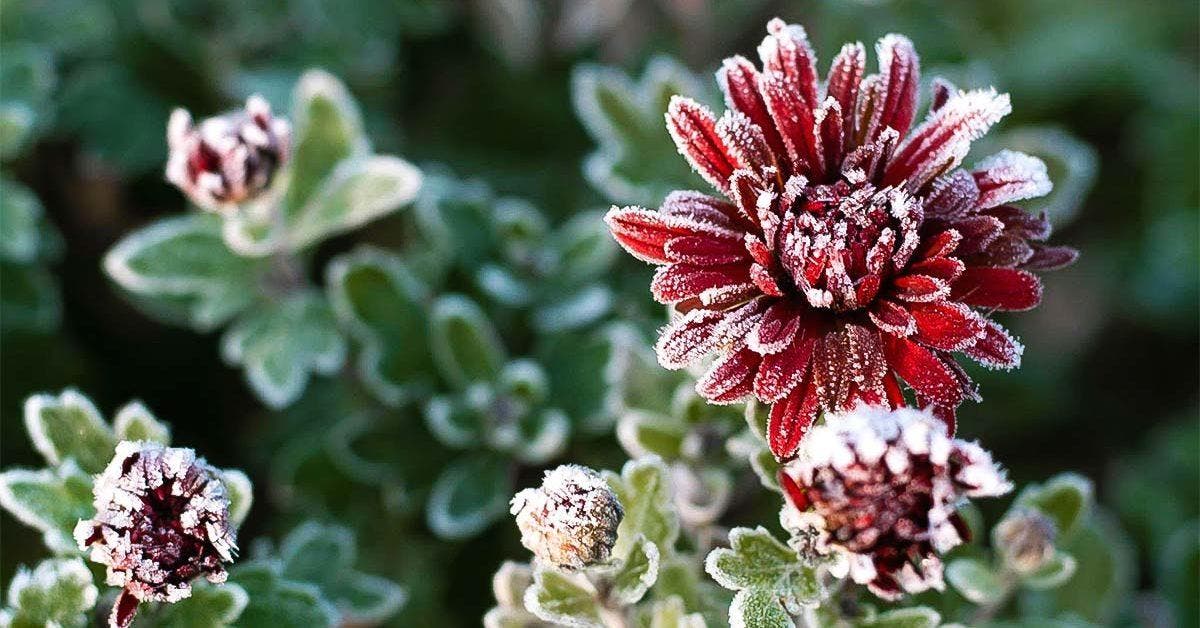
What Are the Ice Saints?
Each year, the Ice Saints period—a time viewed as a looming threat by farmers and gardeners—returns to focus. This period corresponds to the feast days of three saints: Saint Mamert, Saint Pancras, and Saint Servatius, celebrated on May 11, 12, and 13. Traditionally, this time marks the end of cold temperatures and the last frosts of spring. According to medieval belief, after these dates, frost is no longer expected.
History of the Ice Saints
The origins of the Ice Saints date back to the 6th century. A legend suggests that particularly cold temperatures can cause frosts during three days in May. This observation led to the creation of the legend that farmers would invoke these saints to protect their crops from frost. Over the centuries, this belief has endured, influencing planting practices and decisions.
Who Are the Ice Saints?
- Saint Mamert: Celebrated on May 11, he was a bishop of Vienne in Gaul and is closely associated with the Ice Saints.
- Saint Pancras: Celebrated on May 12, he converted to Christianity at a young age and became the patron saint of children and livestock.
- Saint Servatius: Celebrated on May 13, he defended the principles of the Council of Nicaea and is invoked for livestock protection.
The Catholic Church has since replaced these saints with others not tied to agricultural practices, but the celebrations still vary by region.
The Science Behind the Ice Saints
From a scientific perspective, the drop in temperatures during early May is often due to cold air brought by the North Atlantic Current. Meteorologically, temperatures can drop as low as -10 degrees during the Ice Saints, leading to unpredictable weather patterns.
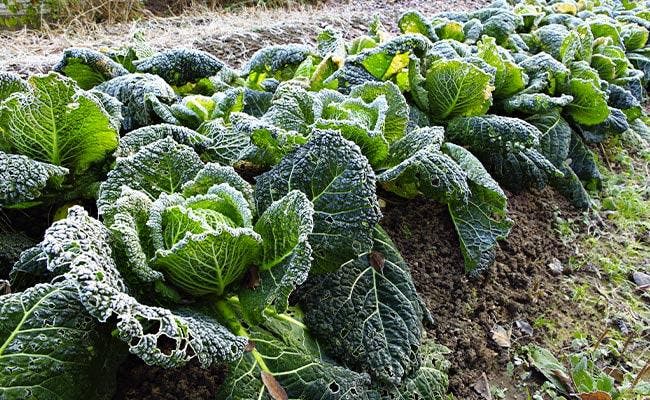
Impact on Gardening and Agriculture
Spring is a time of significant weather instability, requiring farmers and gardeners to be cautious. The short frost period can severely damage young plants and compromise future harvests. Here are some practical tips:
- Timing: In warmer regions, planting can begin earlier, while in mountainous areas, it’s best to wait until the end of May.
- Planting Choices: Frost-resistant plants, like peas, beans, and radishes, can be planted before the Ice Saints. However, frost-sensitive vegetables like tomatoes and peppers should wait.
- Protection: If you’ve already planted, protect your plants with winter covers or move potted plants indoors during cold snaps.
Ice Saints Dates in 2024
In 2024, the Ice Saints will occur on:
- Saint Mamert: May 11
- Saint Pancras: May 12
- Saint Servatius: May 13
For warmer regions, the following dates precede the Ice Saints:
- Saint Georges: April 23
- Saint Marc: April 25
- Saint Eutrope: April 30
Ice Saints in Popular Culture
The Ice Saints have inspired various sayings and proverbs, reflecting their long-standing presence in rural traditions. For example:
- “Before Saint Servais, no summer; after Saint Servais, no more frost.”
- “Beware of the Ice Saints!”
Ice Saints and Climate Change
With global warming, the patterns surrounding the Ice Saints may be shifting. While statistics show fewer frost days in France, experts caution that unpredictable cold spells can still occur, even late in the season.
To adapt, gardeners are encouraged to monitor weather conditions closely and be prepared to protect their crops during this period. Experimenting with earlier planting may yield interesting results, provided you plan for potential frosts.
In summary, understanding the Ice Saints can help gardeners make informed decisions about planting and protecting their crops, even as climate patterns evolve.
